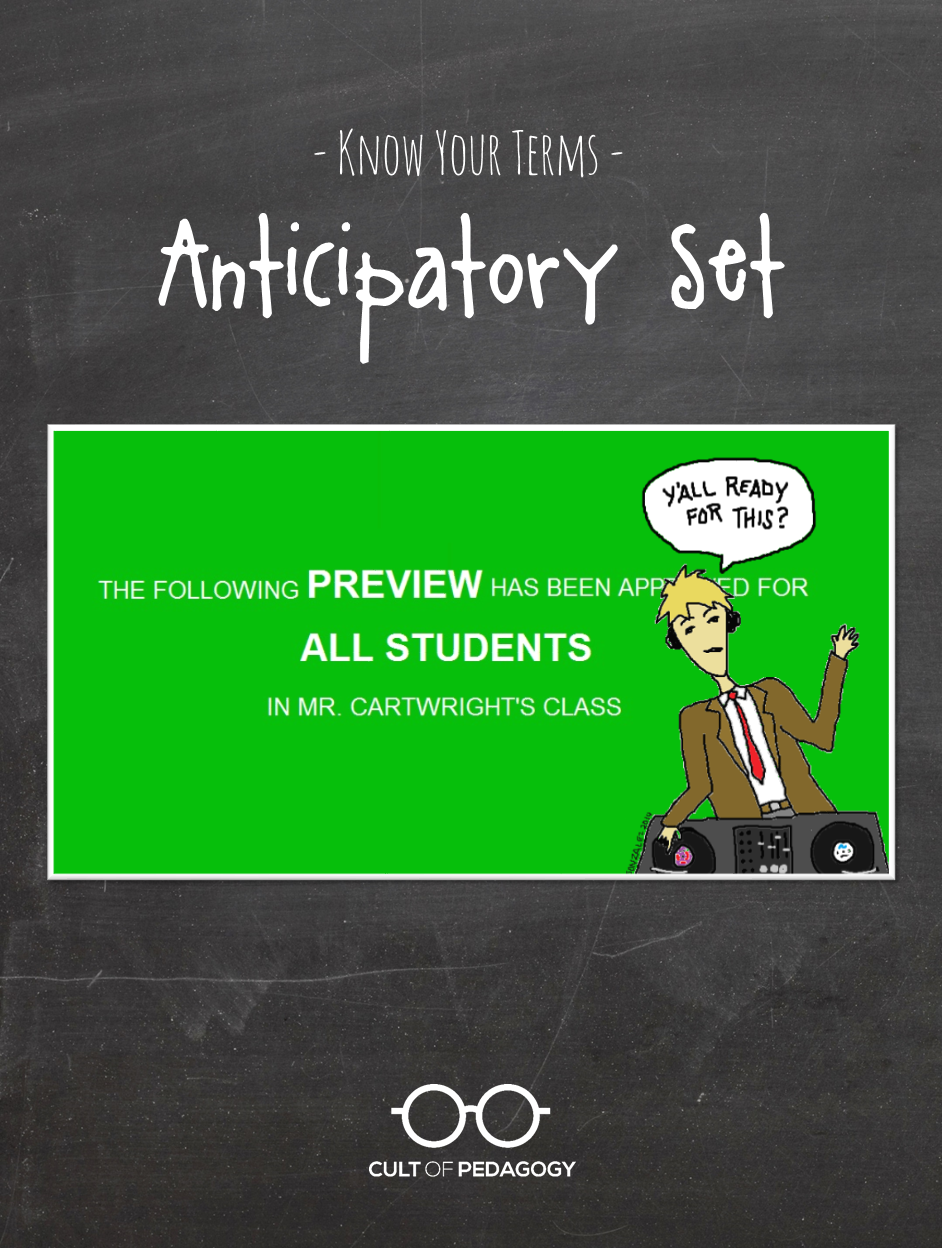
anticipatory set
(noun) A brief portion of a lesson given at the very beginning to get students’ attention, activate prior knowledge, and prepare them for the day’s learning. Also known as advance organizer, hook, or set induction.
When you start a lesson, you could begin it with something like this: Today we’re going to continue our study of hygiene. Or you could get more creative: You could come into the room, your hair a mess, with dirt under your fingernails, stained clothing, your teeth covered in yellow goo, with little signs taped all over you that say scabies, diarrhea, hepatitis A, hookworm, and lice.
Which of these two approaches will be better at grabbing students’ attention?
The second one is an example of a creative anticipatory set — a bit at the very beginning of a lesson that focuses students on what they are going to learn that day. Anticipatory sets can be very simple, like sharing a brief anecdote that connects to the lesson or giving students a problem to work out, or they can require more planning, like performing a short skit or showing a series of thought-provoking images. The point of the anticipatory set is to get students curious, wake up their brains, and give them a taste of what they are about to learn.
For me, the anticipatory set was one of the most neglected components of my teaching, second only to the post-lesson reflection. It was enough work to plan a good lesson; tacking on the anticipatory set was an extra mile I rarely managed to run. But when I did, it always paid off. With a well-crafted, well-executed anticipatory set, instruction becomes an art.
This post contains Amazon affiliate links. Cult of Pedagogy receives a small percentage of sales made during your visit at no extra cost to you.
Do Anticipatory Sets Make a Difference?
The term “anticipatory set” was coined by Madeline Hunter in the 1960’s, when she developed a lesson plan model that became so widely adopted, her name isn’t even always attached to it anymore. For an updated version of her work, see the 2004 manual Madeline Hunter’s Mastery Teaching.
So it’s a standard part of a classic lesson plan. But does it work? If you make an effort to add an anticipatory set to your lesson, will students actually learn more?
The research says yes. Although it has been examined under a few different names, a number of studies over the past several decades support its use: Schuck (1969) concluded that students whose teachers were trained in the use of set induction “will achieve significantly higher than those exposed to teachers not trained in this instructional skill” (Schuck, p. 792). Educational psychologist David Ausubel spent much of his career advocating for the use of advance organizers, and his theories were further refined and supported by other research, both focused studies (Townsend, & Clarihew, 1989) and broad meta-analyses (Luiten, Ames, & Ackerson, 1980). In four studies analyzed by Robert Marzano and his colleagues, students whose instruction included advance organizers showed percentile gains ranging from 9 to 29 points (Marzano, Pickering & Pollock, 2001, p. 117). Those number are definitely enough to justify making anticipatory sets a regular part of your practice.
Getting the Most from Your Anticipatory Set
If you make the effort to add an anticipatory set to your lesson, follow these guidelines to make sure you maximize its impact:
It should have a relevant, content-based connection to the most essential part of the day’s learning, rather than a superfluous one. If you’re teaching students about nutrition, bringing in grapefruit slices for students to taste won’t do a whole lot to teach them about a balanced diet. But that same fruit will have much more relevance to a chemistry lesson on acids and bases.
It should be followed by a clear bridge to the day’s learning objectives. Once the anticipatory set is done, rather than just jump right into the lesson, take a minute to escort students into it by saying something like, “The reason your lips are pursing together is because of the acid in the fruit, and today we’re going to get a better understanding of the chemistry behind that taste.”
It should reappear during the lesson. For the anticipatory set to have meaning, refer back to it during the lesson. When you’re taking a look at the chemical composition of acids, mention the grapefruit again. The added bonus of doing this is that students will come to expect that whatever weird thing you do at the beginning of class, it’s going to end up meaning something later.
Although the impact of anticipatory sets varies depending on the type and delivery, what’s clear is that lessons with them generally help students learn and retain information better than lessons without them. ♦
Want lots of great ideas for anticipatory sets? Visit our store on Teachers Pay Teachers, where you’ll find 40+ fantastic ideas in Anticipatory Sets that will Knock Their Socks Off!
References:
Hunter, R. (2004). Madeline Hunter’s mastery teaching. Thousand Oaks, CA: Corwin.
Luiten, J., Ames, W. & Ackerson, G. (1980). A meta-analysis of the effects of advance organizers on learning and retention. American Educational Research Journal, 17: 211-18.
Marzano, R.J., Pickering, D.J., & Pollock, J.E. (2001). Classroom instruction that works: Research-based strategies for increasing student achievement. Alexandria, VA: Association for Supervision and Curriculum Development.
Schuck, R.F. (1969). The effects of set induction upon pupil achievement, retention, and assessment of effective teaching in a unit on respiration in the BSCS curricula. Educational Leadership, 2(5), 785-793. Retrieved from http://www.ascd.org/ASCD/pdf/journals/ed_lead/el_196905_schuck.pdf.
Townsend, M.A.R. & Clarihew, A. (1989). Facilitating children’s comprehension through the use of advance organizers. Journal of Literacy Research, 21(1) 15-35.
Know Your Terms is our effort to build a user-friendly knowledge base of terms every educator should know. If you have an idea for the series, send it to us via the contact form.
If this one spoke to you, I’d love to have you come back for more. Join my mailing list and get weekly tips, tools, and inspiration — in quick, bite-sized packages — all geared toward making your teaching more effective and joyful. To thank you, I’ll send you a free copy of my e-booklet, 20 Ways to Cut Your Grading Time in Half. I look forward to getting to know you better!

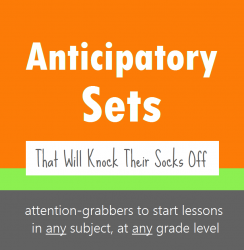
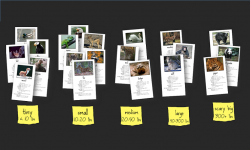
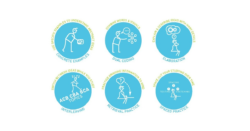
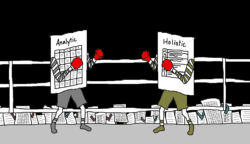
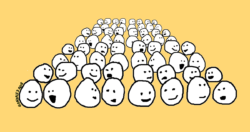
Glad to know that hooks actually work. For more, check out Dave Burgess’s book Teach Like a Pirate to learn from the master of hooks.
Excellent post. Good review for seasoned teachers and good model for newbies!
Thanks for another great article/post! So glad I found you in this pandemic.
I have to admit, though, after teaching K-5 for over 30 years, the only time I really used these consciously was for formal lesson observations.
It may be just my lack of knowing, but for an elementary teacher teaching 5-7 new lessons most days, this would be an overwhelming goal to have for all or even most lessons. Maybe a few times a week? Your thoughts?
Thanks!
Hi there! As a former elementary teacher, I can see how it might seem daunting to plan an anticipatory set for every lesson, but the intent is to just grab your students’ attention and stir up their curiosity. This part of the lesson is what gets them ready to learn, so it’s really important not to skip it. It’s ok to keep it simple and brief – just make sure it’s meaningful and purposeful. If you’re doing some kind of science lesson on the respiratory system, you could start off with the kids taking a brain break, doing some jumping jacks. For a math lesson, you could talk about this problem you’re having and you’re hoping the kids can help. For example: you’re having a dinner party for 10 people and you’re trying to figure out how many water bottles you should buy. Some anticipatory sets can certainly be more creative, but it’s not necessary, just so long as what you do is meaningful and it’s something kids can use as an anchor or as a reference to what they’ll be working on. Hope this helps!
it is the best way to activate the student cognition and make a linkage between the previous topic to the new one due to which student understand more easily the lecture or class
I accept there is value in advanced organisers but your examples are borderline ludicrous. Bringing in cut fruit to put on act is unrealistic if not fanciful. School life is extremely busy. Some days I teach four classes including meetings or playground duties. The duration of these lessons is either 50 or 60 minutes. I teach 8 classes (i.e. 8 separate groups of students across two subjects) with a total of 211 students. most of which are in middle school. Except for a year 11 class, all of these classes have between 27 to 30 students. Luckily, I don’t have a homeroom class to supervise in the morning at present (School begins a few minutes prior to 8:30 am). Oh I forgot. Five out of the my 8 classes use three different classroom over a two-week cycle. Your vision for advanced organiser might be realistic for those who teach only one class or have a reduced teaching load.